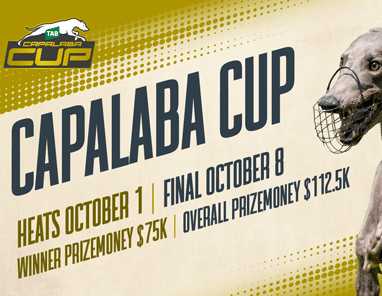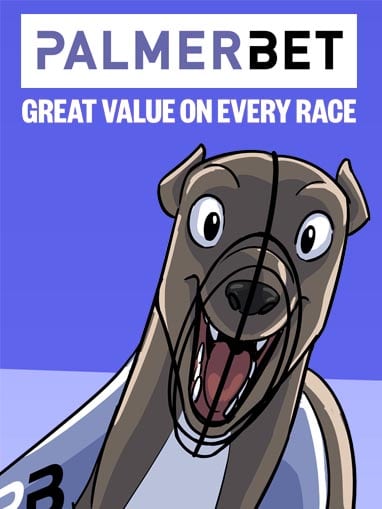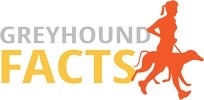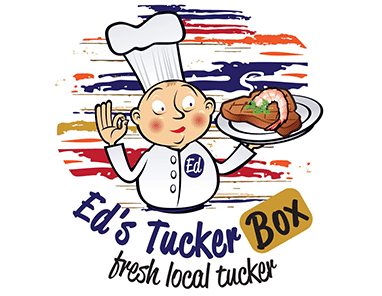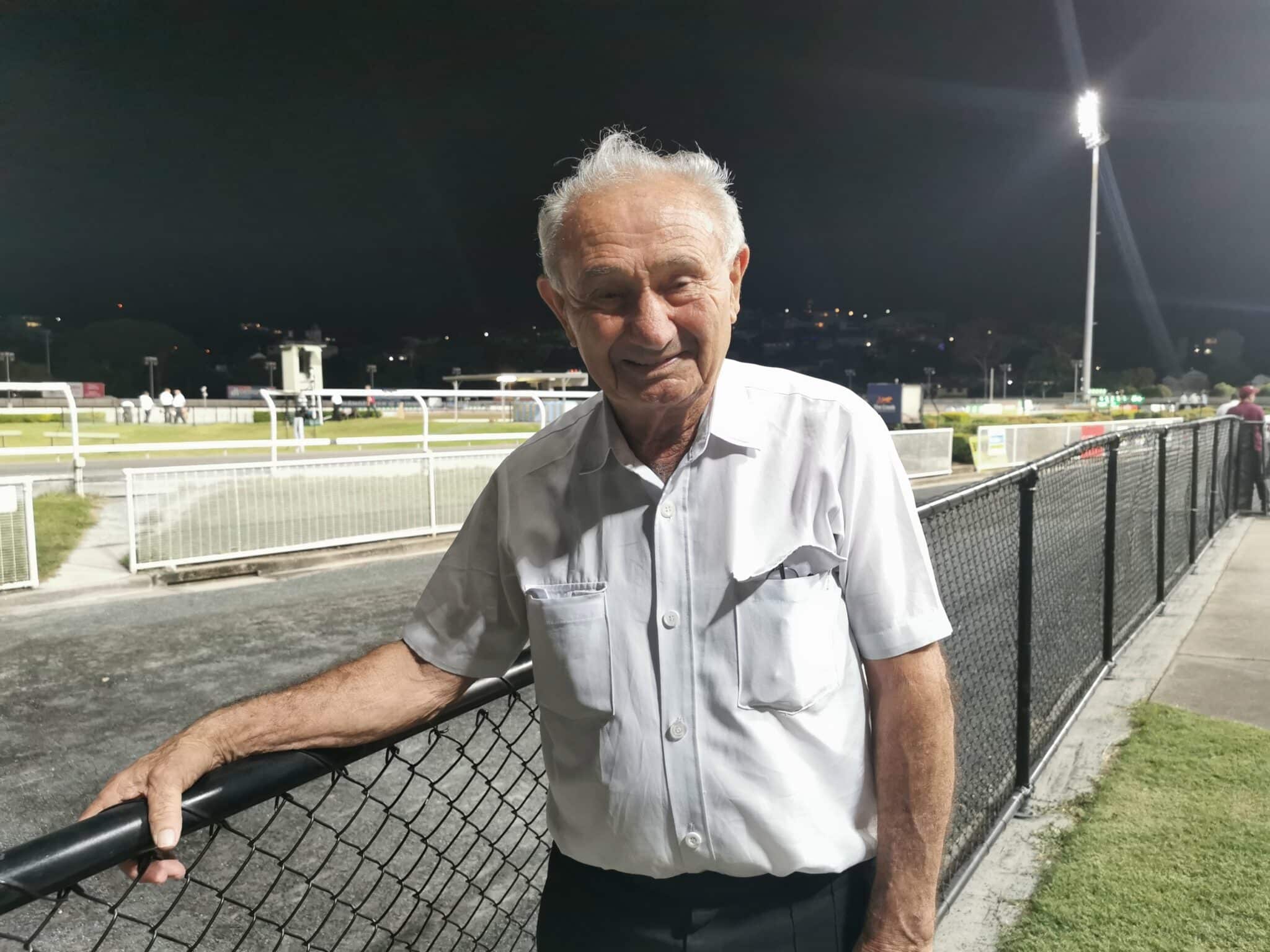
Caption: Paul Cauchi has not only trained dozens of top-class greyhounds, but has been an influence on the career of many of today’s leading trainers.
By JEFF COLLERSON
THE term “legend” is a bit like “champion”, an epithet often too loosely applied these days.
But when describing Paul Cauchi, whose greyhound Smart Houdini finished fifth in the final of the Bogie Leigh Queensland Futurity at Albion Park on January 5, the “legend” tag is fully justified.
Now 86, Paul Cauchi has not only trained dozens of top-class greyhounds, including out-and-out champions like Ragsie and Pied Rebel and the mighty stayer Brettianly, but has been an influence on the career of many of today’s leading trainers.
Paul taught the rudiments of training to his younger brother Sam, who, in turn, became tutor to successful Sydney trainer George Borg (trainer of Parklands Gold Coast record breaker Bjorn), and was mentor to former leading WA trainer Dennis Calleja, highly successful NSW trainers Charlie Gatt, Greg “Hypo” Hore and brothers Vic and Sam Sultana, along with Alfie Buda and Paul Pisani, both now retired but who each were prolific trainers of winners.
Paul has also been indirectly responsible for several of the sport’s top conditioners, as Vic Sultana’s son Darren trained Slingshot Hooks to win last year’s National Derby, while Sam Sultana’s daughter Kristy trained 2020 NSW Greyhound of the Year Flying Ricciardo and her sister Michelle prepares current Sydney stars Fernando Hunter and Mr Perfect.
Paul’s cousin Sam Cauchi, who trained the great sprinter Pancho Country, worked for Paul when he arrived in Sydney from Malta in 1960, while Charlie Gatt was Cauchi kennel foreman when their dog Clover Duke won the National Sprint Championship in 1976.
And when Harry Sarkis, later to train greats such as Kirsty’s Charity, Black Aztec, Tenthill Doll and WP record holder Spoken Joe, first became involved with greyhounds, he employed Paul to train his greyhounds Sleepy Trip and My Boy Jason.
Greg Hore said: “Paul was and still is the best checker of greyhounds I’ve seen.
“Just by looking at a dog’s coat he can often diagnose a problem.”
George Borg added: “He taught me how to condition dogs by working them up the straight. He pioneered that method of getting them fit, a technique now adopted by all the top trainers.
“And when he decided to transform his trial tracks from grass to loam he set the trend for racetracks in the following years.”
Paul Cauchi’s influence on our sport is astonishing considering he had not set foot on a racecourse when he migrated from Malta in 1952.
“My passion was motorcycles, but I got involved with greyhounds after attending a few race meetings with friends,” Paul said.
“Eventually I leased two greyhounds and was told they would be good to learn with, but the better one died of hepatitis.
“Through trial and error and some commonsense I won eight races with the slow one, a dog called Roy’s Ace.”
Paul trained his first city winner Gwydir Work in May 1958, and in 1966 bought 11ha at Kellyville, not far from the Richmond and Penrith greyhound tracks, where he established what soon became Australia’s showpiece trialling establishment.
At Kellyville he also stood dogs at stud, but continued training winners there, something he has been doing consistently for the past 64 years.
His crowning glory began in the spring of 1971 when he took over the training of Ragsie, who came to him after winning just three of 15 eaces in Victoria.
Under Paul’s care, Ragsie, a notoriously slow beginner, won 18 of 38 races, winning over both 530m and 722m at Wentworth Park, 457m and 732m at Harold Park, setting track records at Maitland and Brisbane’s Gabba, and taking out the 1972 WP Gold Cup, Harold Park Association Cup, Maitland Autumn Cup and Gabba Stayers Invitation.
Ragsie was judged NSW Greyhound of the Year and quinella king for 1972. He retired as the winner of 10 long-distance races that year with an average winning margin of more than six lengths.
Pied Rebel, who retired in March 1971, with 37 wins and 28 placings from 81 races, was not far behind Ragsie as Cauchi’s top dog, qualifying for six Group race finals along with semi-finals of the National Derby, Melbourne Cup and two Australian Cups.
Cauchi twice won the National Sprint Championship, with Queensland-owned Coorparoo Flyer in 1975 and with Clover Duke 12 months later.
“I moved to the Gold Coast 34 years ago,” Paul Cauchi said.
“The prizemoney is fantastic now, although I have to say there is not as much fun in the sport any more, especially with so many wonderful racecourse characters missing.
“My best greyhound is Emerald Dragon, who would have been a chance in the Queensland Derby if he had not been skittled at the first turn when looking for the lead in his heat.
“My wife Jeanette and I have 20 dogs in work and we have no plans to retire.”
One of those characters Paul was referring to was a punter called Ringo, a big Maltese-born guy who occasionally accompanied the trainer to race meetings.
At Cessnock one night I returned to my car after the last race to find I had a flat tyre and wasn’t carrying a jack.
I noticed Paul and Ringo walking to the only other car left on course, but when I inquired if Paul had a jack, Ringo asked: “What sort of car have you got?”
When I replied it was a Holden Torana, Ringo laughed and said “You don’t need a jack for a Holden Torana, I will lift it up while you change the tyre.”
He did exactly that, without raising a sweat.
Ringo loved putting $5000 or $10,000 on odds-on chances but was reluctant to back a dog that was too far into the black, believing there must be a reason why it was at such generous odds.



